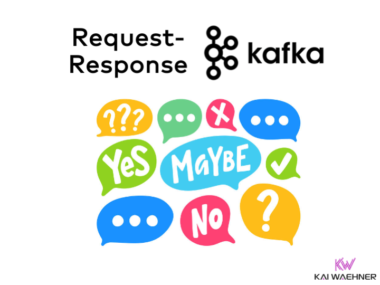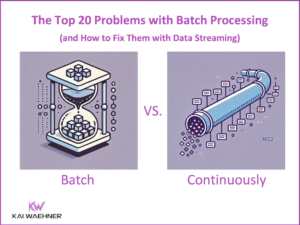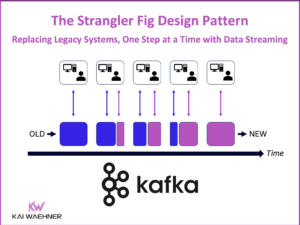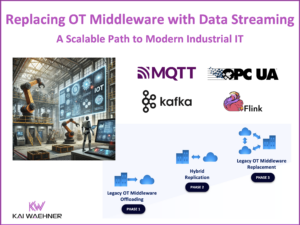In April 2016, I had two talks at JPoint in Moscow, Russia. The first talk was an existing talk about “How to Apply Big Data Analytics and Machine Learning to Real Time Processing”. The second talk was a brand new one: “Microservices and Containers in the Middleware World”. This article discusses and shows the new slide deck about how middleware is related to Microservices, Containers, Docker and Cloud-Native Architectures.
Key takeaways of the talk:
- A cloud-native architecture enables flexible and agile development
- Modern middleware leverages containers, Microservices and a cloud-native architecture
- Just using Jenkins and Docker is not enough
A Cloud-Native Architecture for Middleware
Cloud Native development and deployment enables:
- Scalable services
- Resiliency
- Automatic load balancing and failover
- DevOps
- Usage of public cloud platforms, but also private or hybrid
- Vendor-agnostic deployment
- Shorter time to results and increased flexibility
With all this, you can focus on solving your business problems instead of spending your time with plenty of technical issues in ”static and inflexible legacy architectures”. The following requirements are relevant for building a cloud-native architecture:
Microservices and Containers
- Independent Services
- Flexible Deployment
Continuous Integration and Continuous Delivery
- Scripting / Automatic Test and Deployment
- Service Discovery
- Dynamic Distributed Configuration Management
Scalability and Failover
- Cluster Management (Scheduling and Orchestration)
- Load Balancing (Server-side and Client-side)
- Resilience Design Patterns
Cloud Native Platform
- Self-Service Agile Infrastructure
- Private / Public / Hybrid PaaS
Slide Deck from JPoint Moscow 2016
The slide deck discusses requirements for a cloud-native architecture, available platforms such as Docker, Kubernetes, Apache Mesos or Cloud Foundry, and how all these components are related to Middleware:
Click on the button to load the content from www.slideshare.net.
As always, feedback appreciated!
By the way: This slide deck is also an “add-on” and update to my well discussed article of last year: “Does a good Microservices architecture spell the death of the Enterprise Service Bus?”






